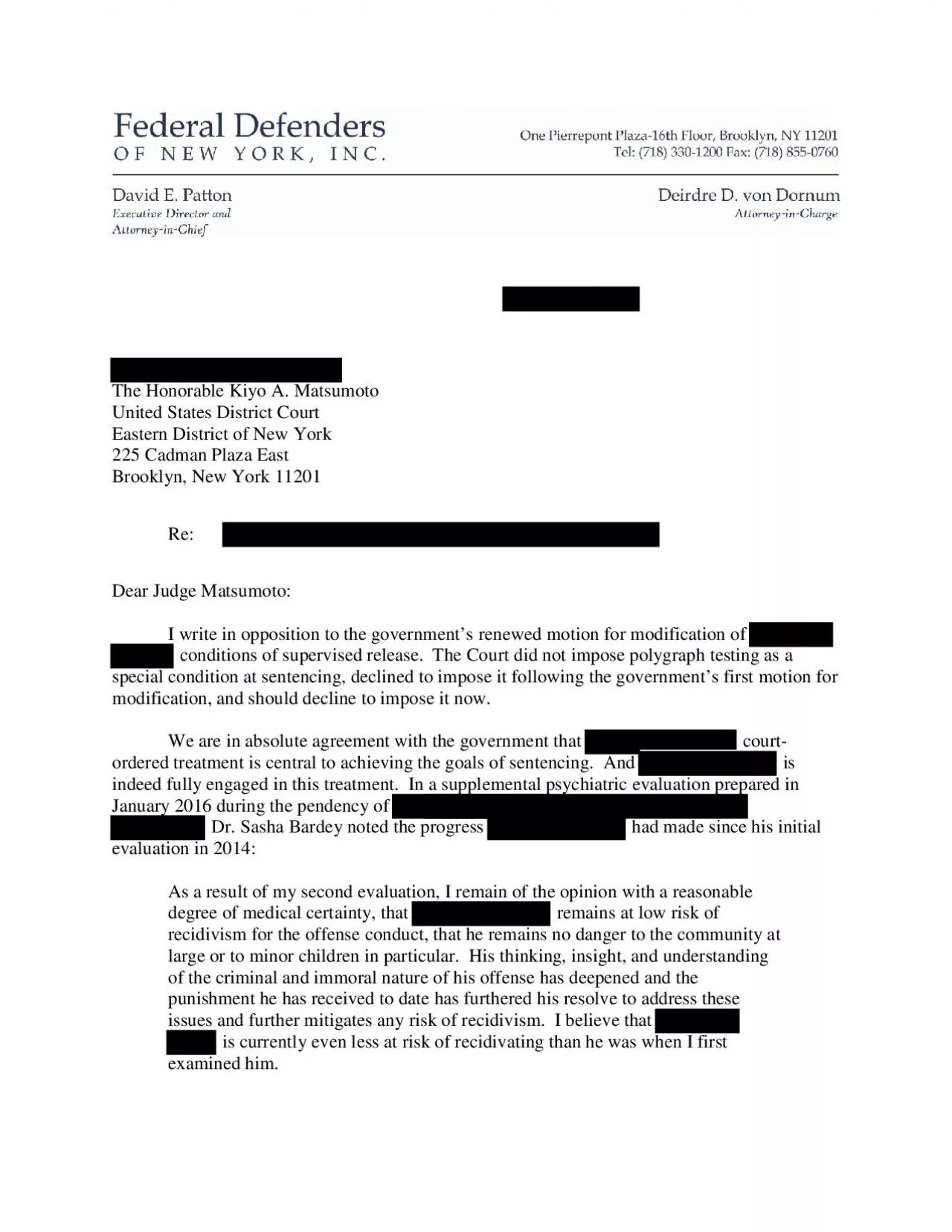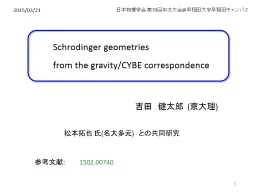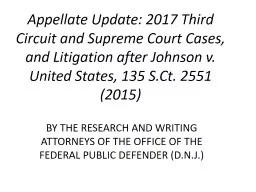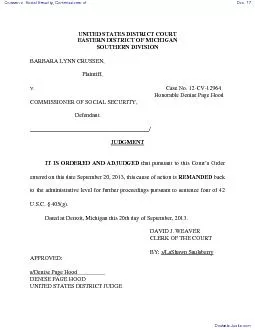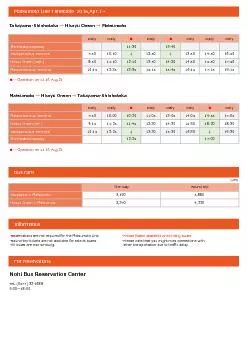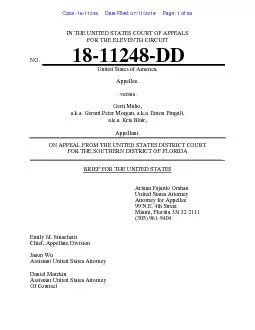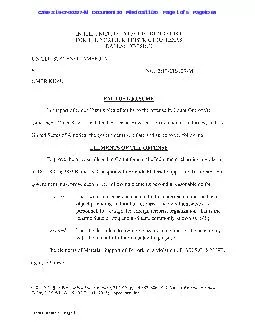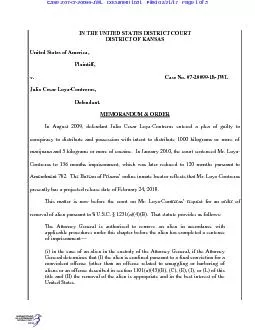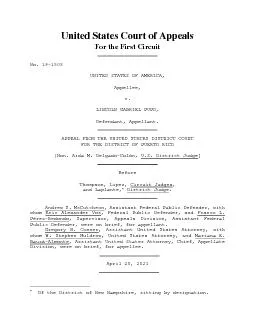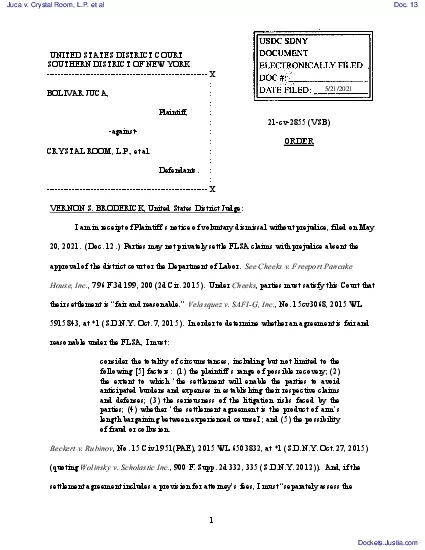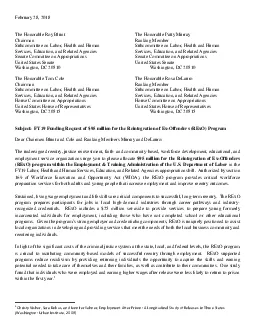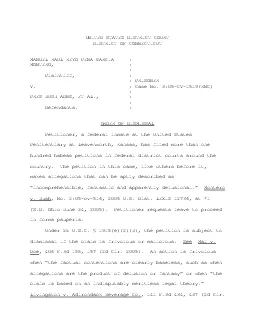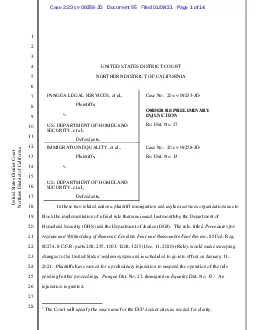PDF-The Honorable Kiyo A. Matsumoto United States District Court Eastern D
Author : eurolsin | Published Date : 2020-11-19
x0000x00002 xMCIxD 0 xMCIxD 0 Exhit A Supplemental Evaluation Dr Sasha Bardey at 15 Dr Bardey further noted that 147fit in the lowest risk group for recidivism148
Presentation Embed Code
Download Presentation
Download Presentation The PPT/PDF document "The Honorable Kiyo A. Matsumoto United S..." is the property of its rightful owner. Permission is granted to download and print the materials on this website for personal, non-commercial use only, and to display it on your personal computer provided you do not modify the materials and that you retain all copyright notices contained in the materials. By downloading content from our website, you accept the terms of this agreement.
The Honorable Kiyo A. Matsumoto United States District Court Eastern D: Transcript
Download Rules Of Document
"The Honorable Kiyo A. Matsumoto United States District Court Eastern D"The content belongs to its owner. You may download and print it for personal use, without modification, and keep all copyright notices. By downloading, you agree to these terms.
Related Documents

